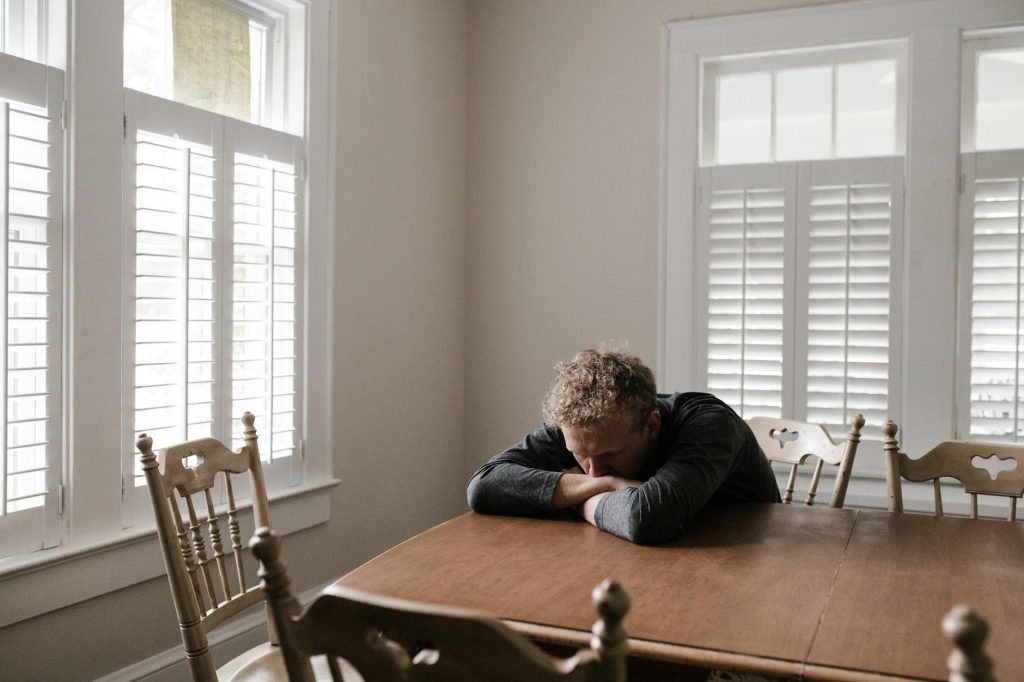It is common for men to notice that their penis sometimes looks different. Whether it is a change in color, shape, size, texture, or something else, many men wonder: Is this normal? Should I be worried?
At Penis Life Matter, we want to help you understand what variations are typical, which changes might signal a health issue, and when to see a healthcare professional. This knowledge can ease your mind, improve your confidence, and empower you to take the best care of your penis.
Normal Variations in Penis Appearance
The penis is a very individual part of the body. No two are exactly alike, and many features can vary widely without indicating any problem.
Size and Shape Differences
- The penis changes size and shape throughout the day depending on temperature, arousal, and blood flow.
- It may look smaller when cold or flaccid and larger when warm or erect.
- Slight curvature or bends are normal. Many men have a curve that does not cause pain or problems.
- The foreskin, if present, can vary in length and tightness.
Color Variations
- The penis can have different colors on different parts — such as a pinkish glans and a darker shaft.
- The skin may look redder after sex or masturbation because of increased blood flow.
- Some men have visible veins or spots that are normal.
Texture and Surface
- The skin of the penis can be smooth or have tiny bumps called sebaceous glands.
- White spots on the shaft or head may be normal sebaceous glands or pearly penile papules.
- Slight dryness or flakiness can happen, especially in cold weather or with soap irritation.
Temporary Changes
- After vigorous sex or masturbation, swelling or redness may occur but should go away.
- After an erection, the penis might appear different for a short time.
- Temporary discoloration can happen after exercise or injury but usually resolves quickly.
When Penis Changes May Be a Cause for Concern
Certain changes in your penis’s appearance may indicate a health issue requiring medical attention.
1. Sudden or Persistent Color Changes
- Dark purple or black patches could indicate bruising or circulation problems.
- Redness that does not go away or spreads might be infection or inflammation.
- White patches that become rough or grow could signal conditions like balanitis or psoriasis.
2. Growths, Lumps, or Sores
- Any new lump, bump, ulcer, or sore that does not heal within two weeks should be checked.
- Warts or cauliflower-like growths may be signs of human papillomavirus (HPV).
- Hard lumps could be Peyronie’s disease or, rarely, cancer.
3. Pain or Discomfort
- Pain during erection, urination, or sex is never normal.
- It can signal infection, injury, or other medical problems.
4. Changes in the Foreskin
- Tight foreskin that cannot retract (phimosis) or redness and swelling under the foreskin (balanitis) need evaluation.
- Discharge or foul smell may indicate infection.
5. Changes in Urination
- Difficulty urinating, burning, or blood in urine with penis changes requires urgent medical review.
Common Conditions That Cause Penis Appearance Changes
Understanding some common conditions can help you know what might be happening.
Balanitis
An inflammation of the glans (head of the penis), often caused by poor hygiene, infections, or irritation. Symptoms include redness, swelling, and sometimes a foul smell.
Peyronie’s Disease
This condition involves fibrous scar tissue inside the penis, causing curved, painful erections and lumps or plaques under the skin.
Pearly Penile Papules
Small, dome-shaped bumps around the rim of the glans, harmless and normal in many men. They do not need treatment.
Genital Warts
Caused by HPV, these are small, flesh-colored bumps that may cluster and grow. They require medical diagnosis and treatment.
Fungal or Yeast Infections
Often cause redness, itching, and sometimes white discharge under the foreskin.
Skin Conditions
Eczema, psoriasis, or allergic reactions can cause redness, scaling, or bumps on the penis.
Self-Care and When to See a Doctor
Self-Care Tips for Penis Health
- Practice gentle hygiene with mild, unscented soap.
- Avoid over-washing or harsh chemicals.
- Keep the area dry and clean.
- Use condoms to reduce risk of sexually transmitted infections.
- Avoid irritants such as scented lotions or tight clothing.
- Moisturize if the skin feels dry.
- Monitor changes and take photos if possible to track progress.
When to See a Doctor
If you notice any of the following, do not hesitate to seek medical advice:
- Changes lasting more than two weeks.
- Pain, swelling, or discharge.
- Growths, sores, or lumps.
- Difficulty urinating.
- Persistent redness or irritation.
A healthcare professional can perform an exam, run tests if needed, and recommend treatment.
Addressing Anxiety About Penis Changes
Many men feel anxious or embarrassed when they see changes in their penis. Remember:
- Most variations are normal or easily treatable.
- Early medical help improves outcomes.
- Your doctor is there to help, not judge.
- Learning about your body builds confidence and reduces fear.
Penis Life Matter Advice
Your penis may look different sometimes — this is usually normal. But pay attention to sudden, painful, or persistent changes. Maintain good hygiene and safe sexual practices.
If you have concerns, see a healthcare provider promptly. Knowing when and how to act is part of taking good care of your whole self.



